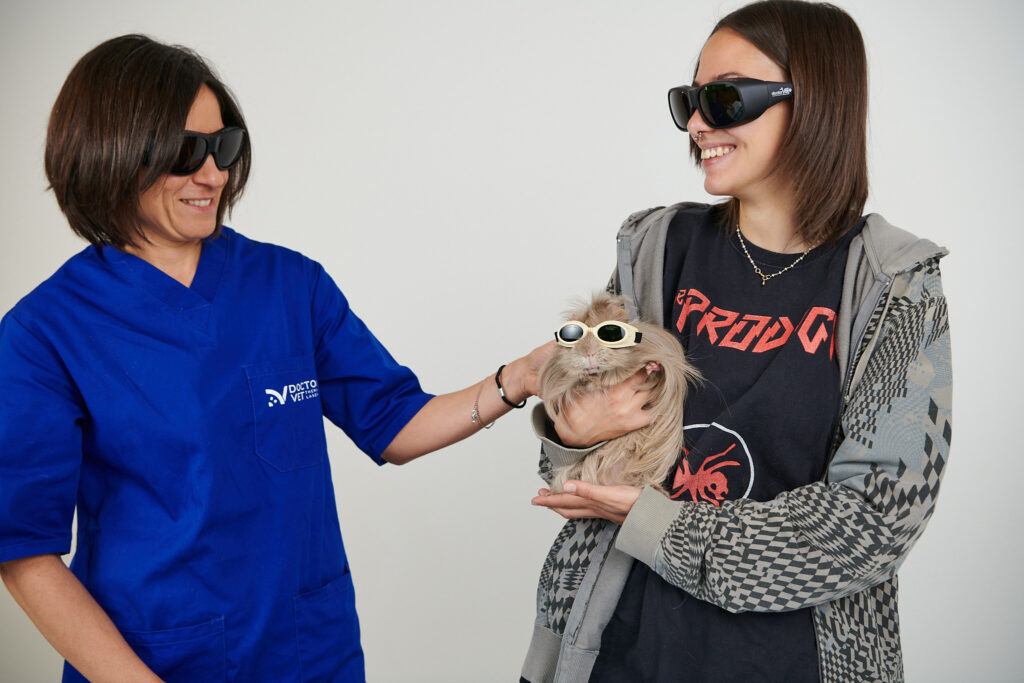It is essential to know that the most common pathogen in cases of rhinitis in rabbits is Pasteurella multocida, considered to be the primary cause of respiratory disease in domestic rabbits1.
Pasteurella multocida is a gram negative coccobacillus that can affect several different species. It is an opportunistic pathogen. Infection usually occurs through the nose or wounds. If this infection spreads to adjacent tissues and into the bloodstream, the trigger is usually stress, nutrition or treatment with corticosteroids2. Another trigger for this pathology can be found in abscesses or dental problems.
Besides rhinitis, the clinical manifestations are sinusitis, pleurisy, pneumonia, pericarditis, otitis, conjunctivitis and fever3.
Diagnosis is made by examining the patient. A hemogram will show leukocytosis, while an x-ray will show a bronchial pattern. A culture and antibiogram might also be necessary.
Depending on the seriousness and general condition of the patient, treatment includes systemic antibiotic therapy, oxygen, antibiotic and mucolytics nebulisation, the surgical extraction of abscesses if present and fluid therapy2.
As already explained for infections (see Infection) and numerous other treatments (otitis in dogs and cats, feline gingivostomatitis, periodontal disease, canine chronic ulcerative stomatitis), laser therapy can help combat an infection4,5,6. Furthermore, this effect is enhanced by the arrival of defensive elements, increasing phagocytosis7. In fact, a laboratory study has shown the benefits of laser therapy in rhinosinusitis in rabbits8.
The usefulness of photodynamic therapy has also been shown in various infectious processes9, including chronic rhinosinusitis10. Remember that laser therapy in these cases will be a combination of certain wavelengths with photosensitising drugs. This therapy therefore becomes a useful therapeutic tool for this pathology.

Seeing is believing!
Book a demo now to learn how DoctorVet works!
DoctorVet has specific protocols for exotic breeds, including small mammals. A combination of the inflammation and infection protocols is recommended for these patients. The zoom treatment head is recommended for application. Given the area in which treatment will be applied, proper eye protection is essential. The scanning application technique should be used in contact mode if the patient can tolerate it, otherwise, the non-contact mode is recommended. The treatment schedule is 1-2 sessions/week until the problem is resolved.
DoctorVet enables this therapeutic option via photodynamic therapy in a choice of three wavelengths. A specific protocol can be defined using the chosen wavelength, the treatment area, the power and the recommended dose.

Via dell’Impresa, 1
36040 Brendola (VI)
VAT 02558810244
C.R. VI 240226
© Copyright 2016-2021 LAMBDA S.p.A. | Privacy Policy